Imagine stepping onto a stage, about to speak in front of thousands for the first time. The spotlight hits, eyes are on you and the pressure is intense – you know every word will be scrutinized.
For most people, this is a terrifying experience, with fear and stress flooding our mind and body. This response isn’t just psychological, it’s biological.
Researchers Schwabe and Schachinger measured the effects of this kind of fear as participants prepared for and delivered a public speech in front of a judging panel. They found acute fear automatically causes our brain to shift from open, creative thinking to a defensive, protective state thanks to elevated levels of cortisol, the stress hormone.

When fear dominates, it stifles the willingness to take initiative and explore new ideas.
Think back to your first public speaking experience – the nervous preparation, the tight chest, the self-doubt. In those moments, your mind likely narrowed, focused more on simply getting through the experience and not coming across poorly.
Just as public speaking triggers a fear response that narrows focus and limits creativity, the same reaction can occur in teams facing uncertainty and pressure to solve challenging problems without clear answers.
When fear dominates, it stifles the willingness to take initiative and explore new ideas, leading teams to retreat into familiar ways of working rather than embracing the idea and challenge of innovation. Left unaddressed, this fear not only discourages proactive problem-solving but also creates resistance when change is introduced, ultimately blocking progress and keeping our imagination and ambitions in a box.
Three signs a team is suffering from high stress and fear
When fear dominates, teams show clear warning signs:
1. Reactive overload: Instead of proactively solving problems, teams spend most of their time firefighting – reacting to issues rather than showing initiative and preventing them.
2. Creativity shutdown: Brainstorming feels forced, new ideas are rare and discussions focus on why something won’t work rather than how it could.
3. Avoidance culture: People hesitate to take ownership, wait for permission before acting or stay silent in meetings – fearing criticism or failure more than they value taking risks to drive progress.
Why fear blocks innovation
Fear serves a purpose – its job is to protect us from real threats. But when it lingers, it has a cost. It hijacks our ability to think creatively and adapt.
Researchers have found that fear shifts brain activity toward the amygdala and salience network, making us hyper-focused on risk, favoring safe, familiar choices and limiting our ability to learn. The complete opposite of what’s needed to inspire innovative thinking.
Innovation thrives in environments where people feel safe, supported and confident enough to share ideas. The brain regions responsible for creative problem-solving – the prefrontal cortex and default mode network – shut down when fear dominates. Within teams, fear spreads rapidly through emotional contagion, a psychological phenomenon where one person’s emotions influence the group.

Fear serves a purpose – its job is to protect us from real threats. But when it lingers, it has a cost.
Research by Daniel Goleman, author of Emotional Intelligence, shows that a fearful leader creates a fearful team. The reverse is also true – leaders who project confidence and optimism foster innovation.
It seems most leaders recognize the problem but struggle to take action to address it. In a 2022 McKinsey study, 85 percent of leaders agreed that fear stifles innovation, yet only 11 percent agreed they had effective strategies to address it.
The real issue is that prolonged fear becomes habitual, making it harder for teams to shift back into a creative, problem-solving mindset. Without intervention, fear-driven thinking can become the default, making innovation increasingly difficult over time and creates rigid and change resistant teams, but it can be reversed.
Three ways to shift a team from a fear mindset to an innovation mindset
1. Normalize experimentation: Encourage teams to test ideas in low-risk ways. When people see that not every experiment has to be a success, they become more comfortable taking initiative.
2. Make problem-solving a shared effort: Fear thrives in isolation. Foster collaboration by making problem-solving a team effort, encouraging team members to work together to create new ideas, rather than make it an individual burden.
3. Show, don’t just tell: Model curiosity and confidence, not judgement and anxiety. A leader who openly tackles uncertainty with optimism signals to their team that it’s safe to take risks and explore new ideas.
Breaking the cycle of fear unlocks innovation
When fear takes over, it creates a cycle of hesitation and avoidance. But when teams feel safe enough to see challenges as opportunities for growth, problem-solving and striving to create and deliver innovation becomes a source of engagement rather than stress.
From a job satisfaction perspective, Harvard researchers have found that lack of development, not overwork, is the biggest driver of burnout. Solving complex problems that lead to meaningful change and innovation is one of the best ways for people to develop new skills and stay engaged.

When fear is acknowledged, managed and channeled to allow curiosity and creativity to flourish, it becomes fuel for bold ideas, a more engaged workforce and a competitive edge.
In fact, the most fulfilling work is often the most challenging – the kind that pushes boundaries and delivers unexpected breakthroughs.
Addressing fear of innovation and creating a problem-solving culture isn’t just good for morale, it becomes a competitive advantage. Research by leadership consultants Fesser, Rennie and Chen Nielsen found that companies who were in the top quartile for problem-solving delivered an average total return to shareholder that was 6.6 times greater than the companies in the bottom quartile.
Fear, left unchecked, shuts down innovation and keeps teams playing it safe. But when fear is acknowledged, managed and channeled to allow curiosity and creativity to flourish, it becomes fuel for bold ideas, a more engaged workforce and a competitive edge.







